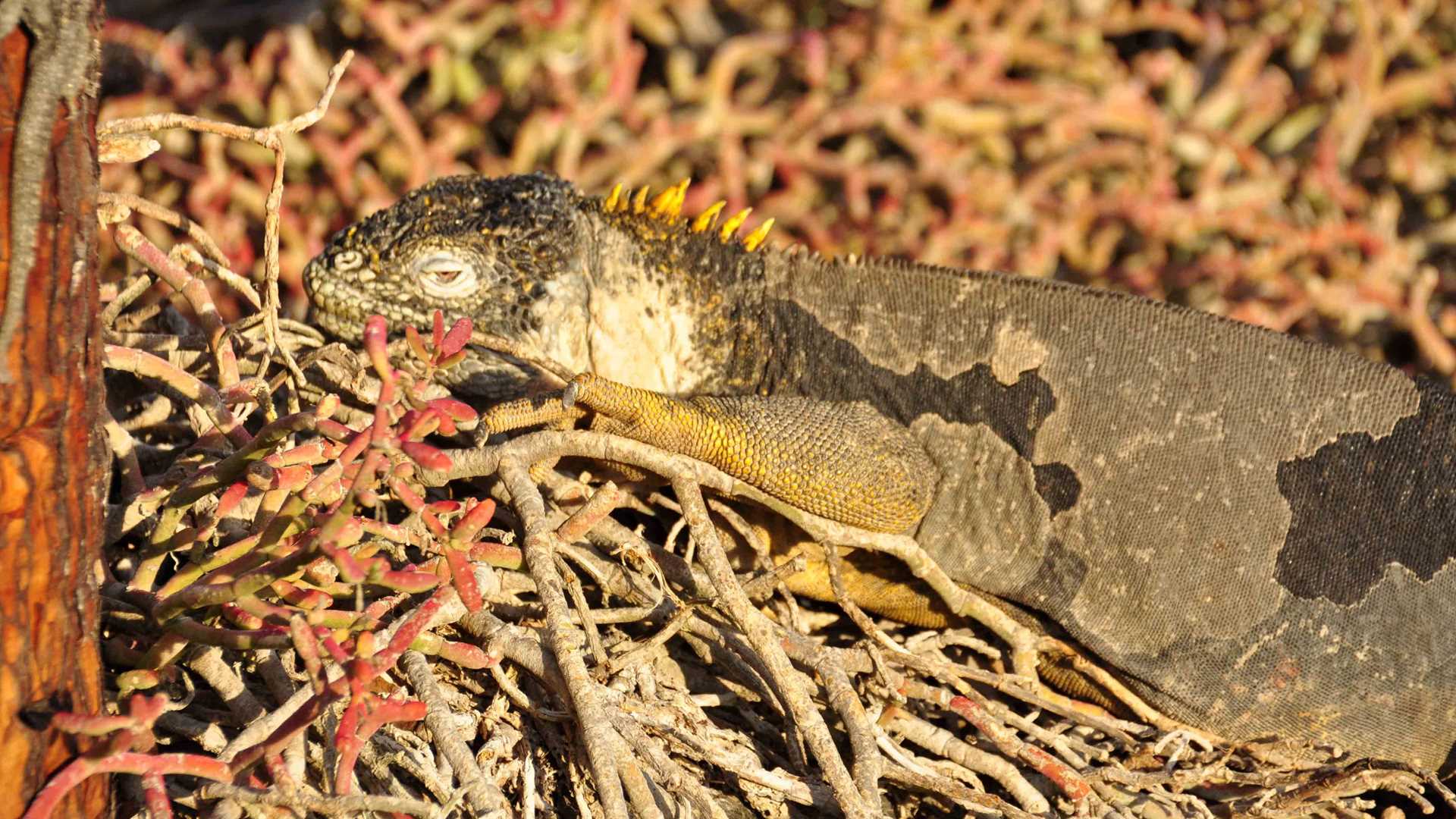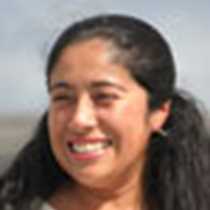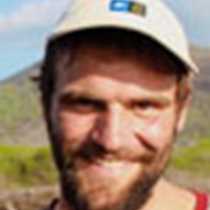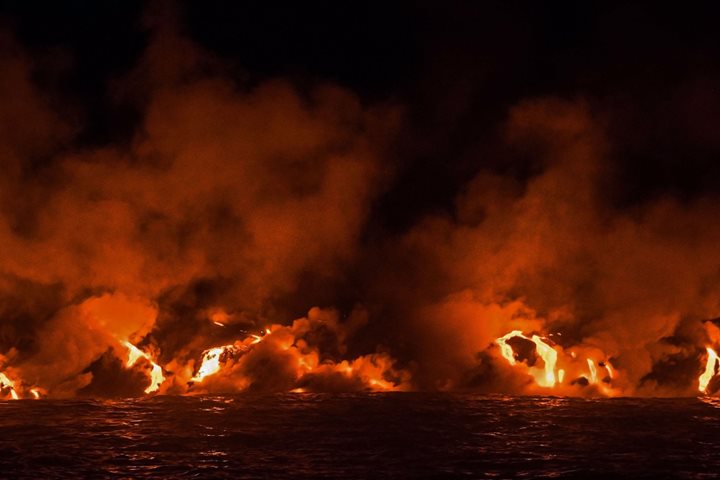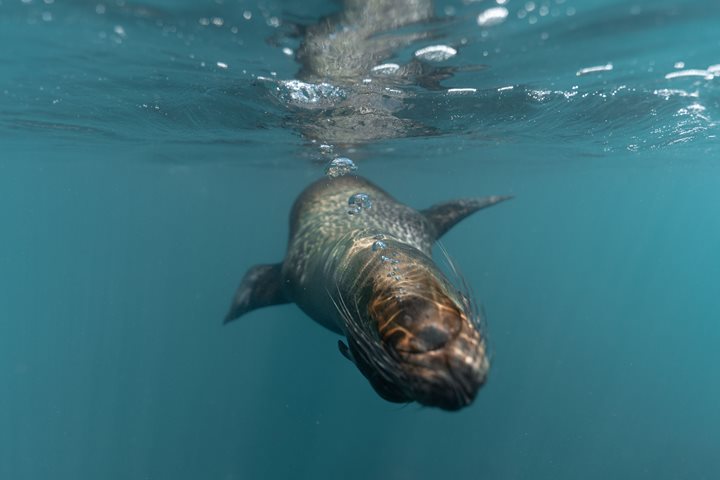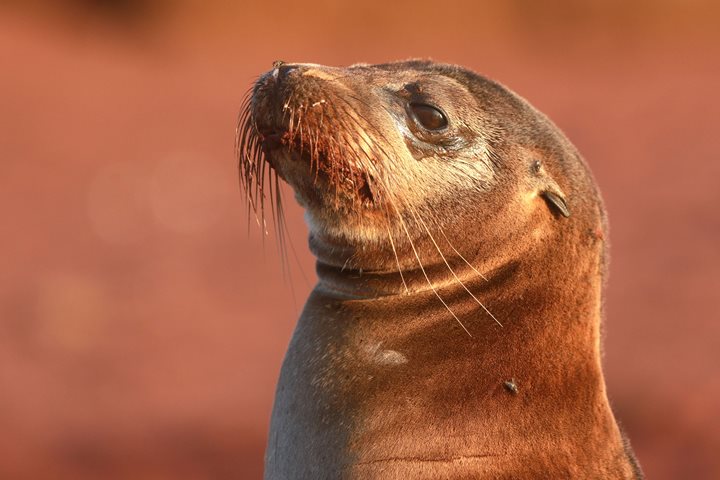Today we visited the little Island of South Plaza. We started with an early hike and it was worth it! We got to observe Galapagos sea lions being chased by a Galapagos sharks, swallow-tailed gulls, magnificent frigate birds, Galapagos shear waters, blue footed boobies, and Galapagos land iguanas. In addition to the great wildlife, the landscape of South Plaza is just breath taking. In the afternoon the National Geographic Islander was repositioned toward Santa Fe Island and we were fortunate to have great snorkeling conditions. A round of Kayaking was offered, too and afterwards a natural history hike ended an amazing day!
- Daily Expedition Reports
- 02 Feb 2017
South Plaza and Santa Fe Islands, 2/2/2017, National Geographic Islander
- Aboard the National Geographic Islander
- Galápagos
Vanessa Gallo, Naturalist
Vanessa Gallo’s grandparents arrived in the Galápagos Islands in 1936, making her the third generation of her family to live and work in this magical archipelago. She left the islands for the capital city of Quito for high school, where she discovere...
Read MoreBrian Christiansen, Videographer
Brian is an adventure seeker traveling the planet in search of deeper connections with our world's complex ecology. Brought up in Utah, home to some of the most dramatic margins a coastal desert can offer so far inland, his appreciation for protecti...
Read MoreShare Report
Related Reports
11/23/2022
Read
National Geographic Islander II
Isabela and Fernandina
Our day began with the chance to point out a lot of interesting geological features as we enjoyed Zodiac tours along a massive flank of Ecuador Volcano on Punta Vicente Roca. In the afternoon, we took a sunny walk on Punta Espinoza on Fernandina Island. We spotted many iguanas, and a bunch of sea lions hanging around, too.
11/22/2022
Read
National Geographic Islander II
North Seymour & Rabida Islands
Relatively small and low compared to neighboring Santa Cruz, North Seymour is located to the north of Baltra. The island is dry with predominantly low shrubs, like prickly pear cacti. The incense trees are bare during the dry season. Seabirds like frigatebirds and blue-footed boobies nest on the island, and sea lions rest on the sand when they are not fishing. Land and marine iguanas also live here. Rabida is in the middle of the archipelago and has a striking red sand beach. We observed a small colony of sea lions of all ages resting or nursing. Behind the beach, American flamingos nest in a brackish lagoon. This island is full of contrasts and wildlife that we enjoyed observing during this day of expedition.

